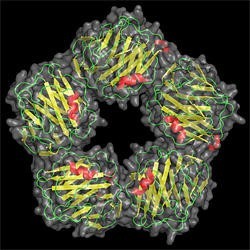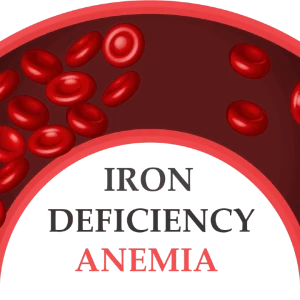
The key to managing cardiovascular disease or heart disease is managing the risk factors that lead to Coronary Artery Disease (CAD)
Factors such as lifestyle, diet, physical activity, smoking, body mass index (BMI), blood pressure, total cholesterol and blood glucose play a very important role in the development of heart disease. Preventive health check-ups and screening tests helps us to assess these risk factors and make further plans so that we can reduce the occurrence of coronary artery disease and the mortality and morbidity due to it. These preventive health check-ups and cardiovascular screening tests should begin at age 20.
The key screening test for Preventive Health Checks for the heart include the following
Blood Pressure
High blood pressure usually has no symptoms and hence it is important to get the blood pressure checked regularly. High blood pressure increases the risk of heart disease and stroke. Blood pressure below 120/80 mm Hg should be checked at least once every two years, starting at age 20. If the blood pressure is higher, lifestyle changes and treatment can prevent the occurrence of Coronary Artery Disease or heart disease.
Lipid Profile
Lipid profile screening should be done starting at age 20. This blood test measures total cholesterol, LDL (bad) cholesterol, and HDL (good) cholesterol. If the tests are normal they can be repeated every two years or if they are abnormal they need to be repeated more often. Lifestyle changes and medication may be recommended
Body Weight
Height, weight and BMI are important to assess the risk of the cardiac disease, coronary artery disease and stroke. It is important to maintain optimal weight and BMI
Blood Glucose
High blood glucose levels may indicate insulin resistance, prediabetes and diabetes, heart disease and stroke. It is important to intervene and treat the high glucose levels to prevent heart disease and other complications of diabetes
Glycated haemoglobin A1c levels (A1c %)
Glycosylated haemoglobin should be done regularly in every three years. In diabetics and prediabetics it is recommended to do this every 3 month s. The levels of HbA1c and hence the sugar levels are to be kept in control to reduce the risk of coronary artery disease or stroke
Homocysteine
Elevated levels of homocysteine are associated with atherosclerosis, heart disease and stroke. High levels are also associated with development of Alzheimer’s disease. Elevated homocysteine levels affect the interior lining of blood vessels causing the narrowing of blood vessels. Higher the homocysteine level, narrower (stenosed) the carotid artery become In addition these patients also have a high risk of DVT and Pulmonary Embolism
Lipoprotein (a)
Levels of Lipoprotein (a) or Lp(a) are important markers for the risk of developing of heart disease.
Assessment of this parameter can help us assess the risk of coronary artery disease in the future and also the risk of stroke
HsCRP
Measurements of hs-CRP are done to assess the risk of heart disease and form an integral part of preventive health screening
CRP is an indicator of inflammation and the recent concept is that atherosclerosis is an inflammatory process. Hence hs-CRP is used as an indicator for heart disease and is monitored to assess the effect of treatment
The higher the hs-CRP , the higher are the chances of cardiac disease.






